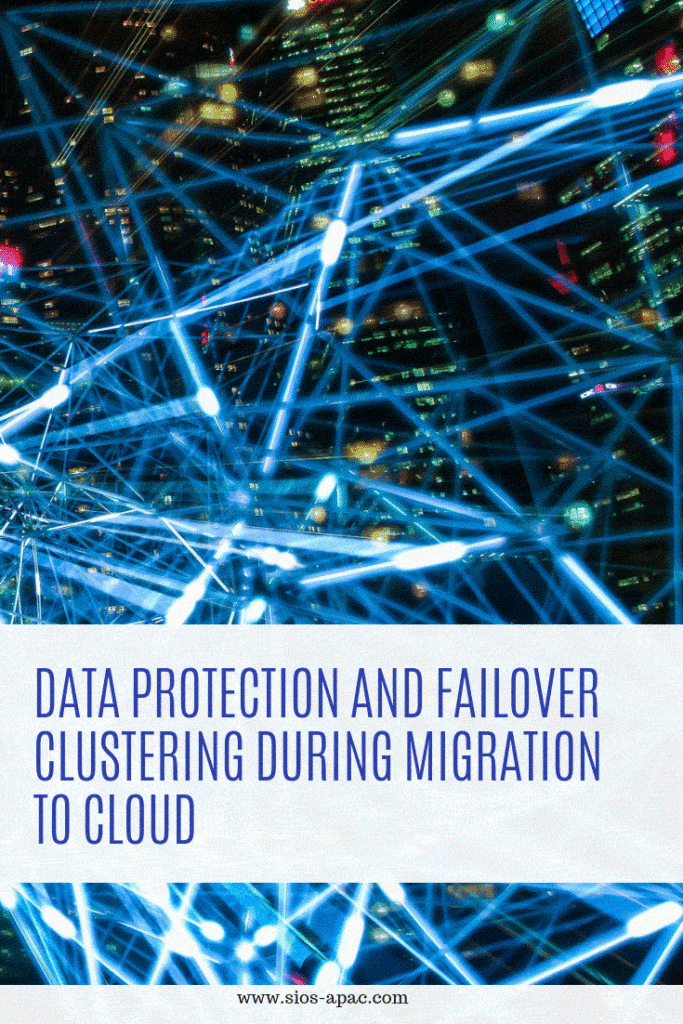
How To Build A Highly Available Server Solution?
A key component to any high availability solution is figuring out how to redirect the client traffic. Almost every user-based application needs to connect to the server. Redirecting the client traffic will allow users to connect without having to know where the application or the database actually resides.
Most solutions recommend network-based IP redirection or network based DNS redirection. This works. However, the best solution for a high availability server in our experience is the use of a virtual IP address that can be switched from one server to another. The server is listening to connections from the virtual IP address, where it’s hosted on one server today and switched to another on another day.
To take it one step further, you can automate the failover. This is where the system makes decisions and switches the application when there is a failure detected. Bear in mind this step is key to building a highly available solution.
Benefits of Buy vs. Build High Availability Solution
This can be implemented using scripts and logic to check the status of processes and virtual IP addresses from one server to another. But one of the challenges we face in a buy vs build high availability solution is how much time we really have to spend in build. This includes time for script coding, API development such as cloudwatch API or lambda functions. Let’s not forget testing, and maintenance.
When I was younger, I was eager to write that code. But after working for large Fortune 100 companies, and getting yelled at by a high level manager, when one of my scripts didn’t work at 3 am in the morning, I feel differently. This issue was exacerbated when I discovered an issue for a code I wrote a year ago. My managers wanted the highly available solution to work 100%. If it didn’t work, time to call up someone and yell at them.
SIOS Automates High Availability
Isn’t it cheaper in the long run to buy the solution and spend a little time to tweak it to fit into our setting? This is where SIOS high availability (HA) solutions come in, whatever the application or database. SIOS has the code to switch the stack of the processes from one server to another. This gives users and managers the peace of mind that comes from automating the failover orchestration and high availability.
There are two things that I love about the SIOS HA umbrella are. One, the code for the virtual IP where the IP address is added to the server and the application is restarted to listen to the connections. The second is enabled through the use of the application agnostic API set that SIOS provides. This allows anyone to protect any application by the use of plugins. Contact SIOS today to learn more about high availability solutions specific to your environment.
– Edmond Melkomian, PMP, MCSD, consultant, SIOS technology, Inc.
Reproduced from SIOS


